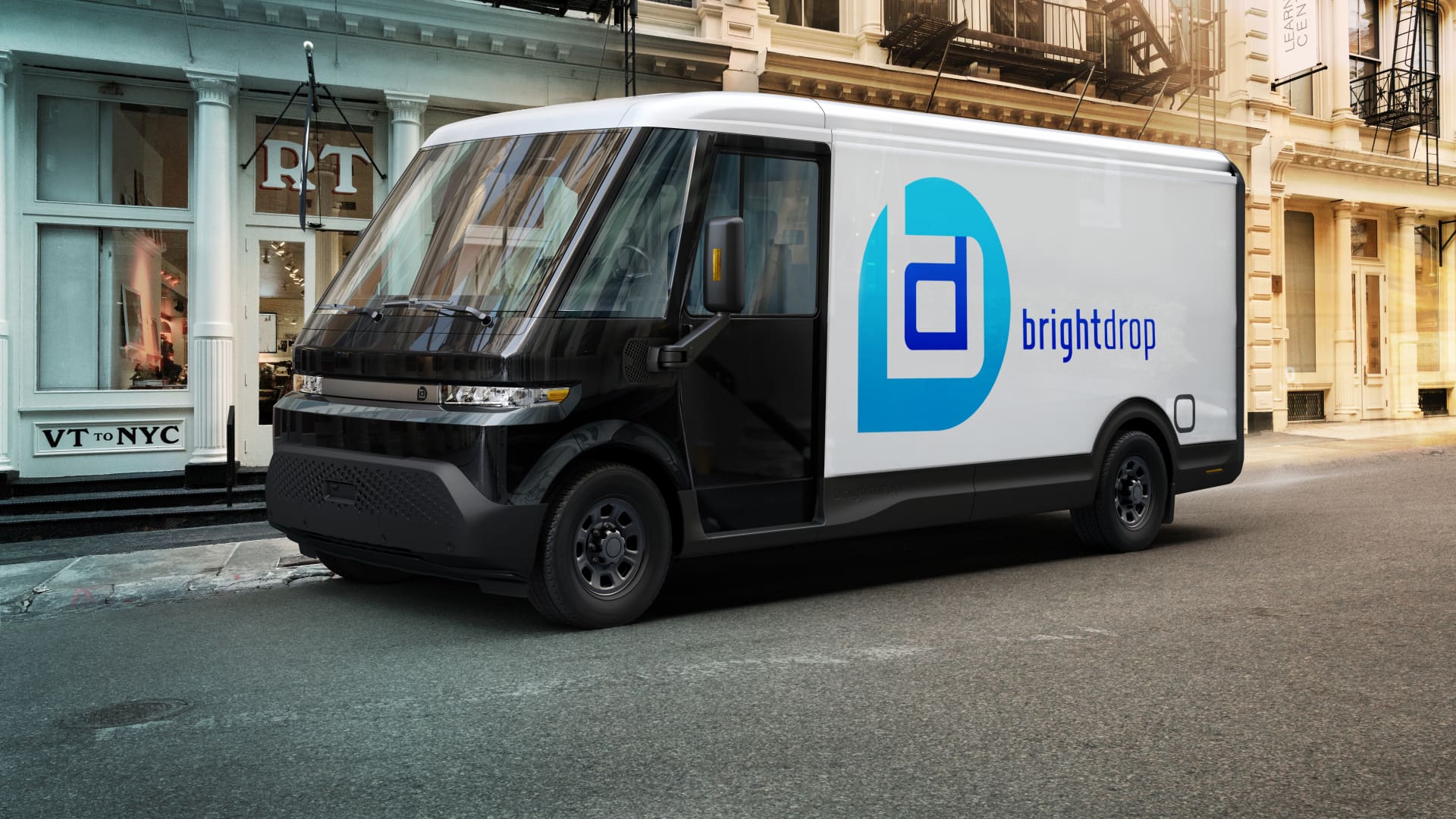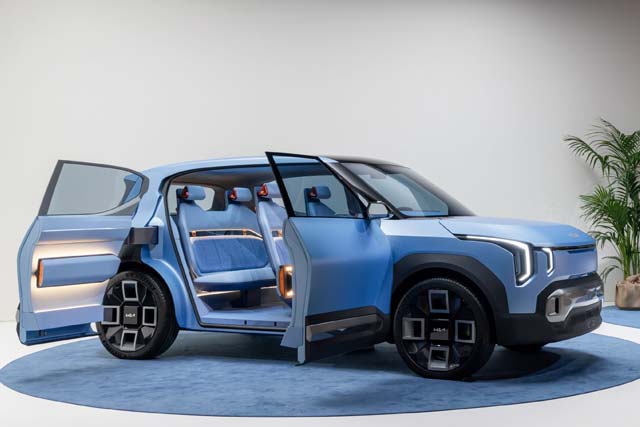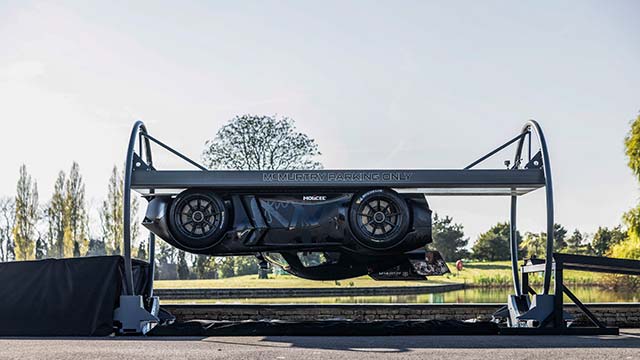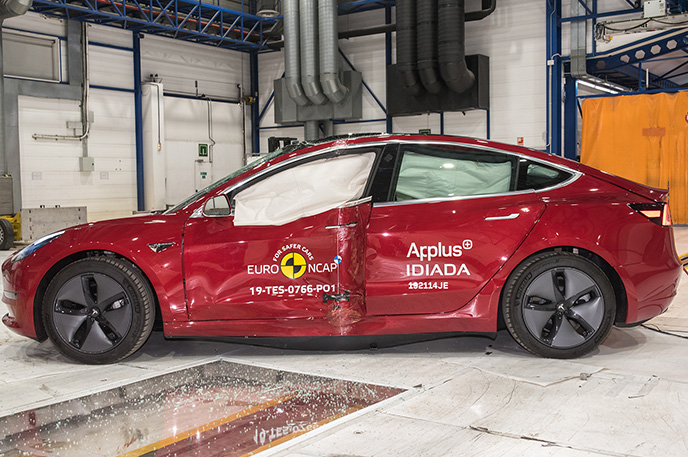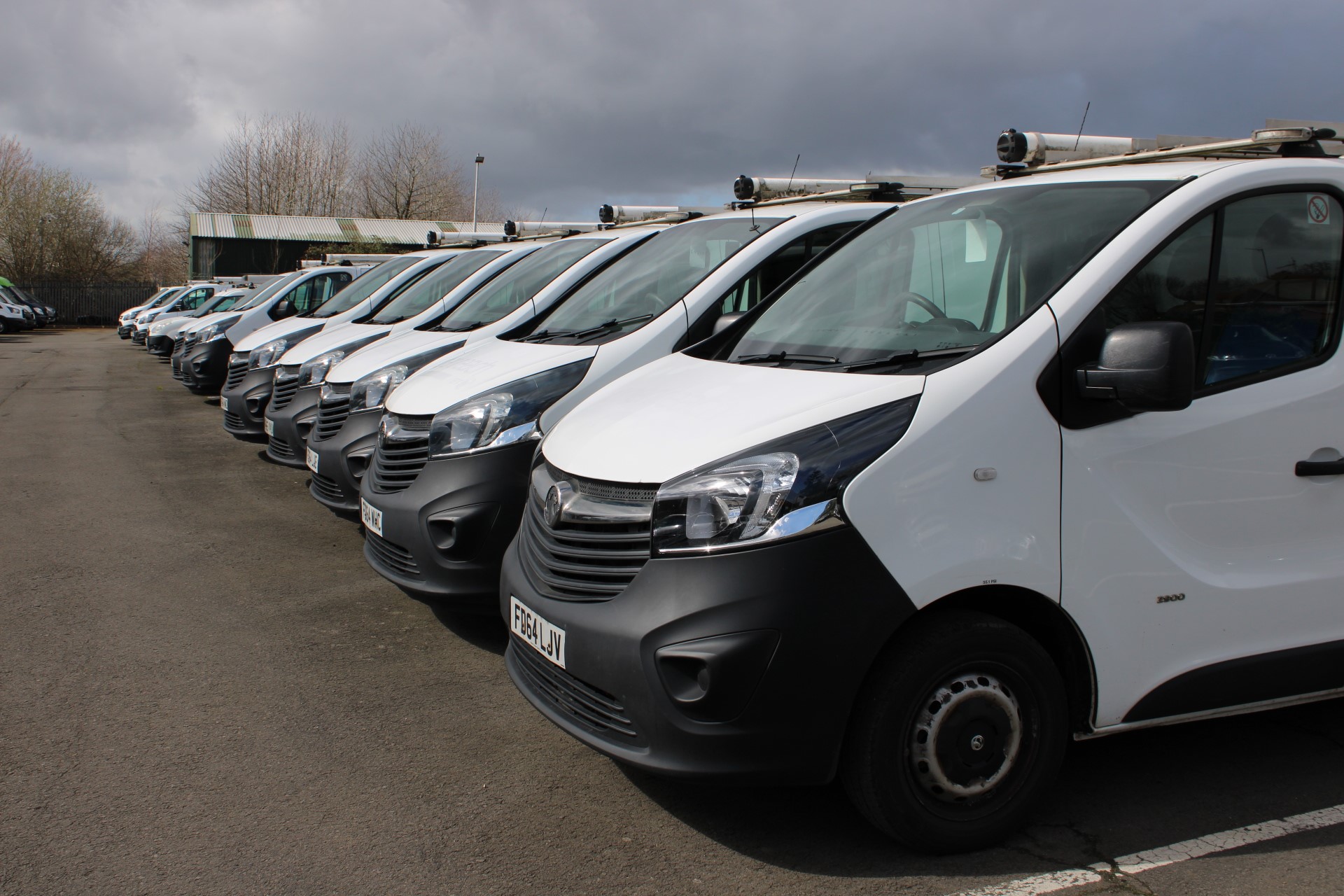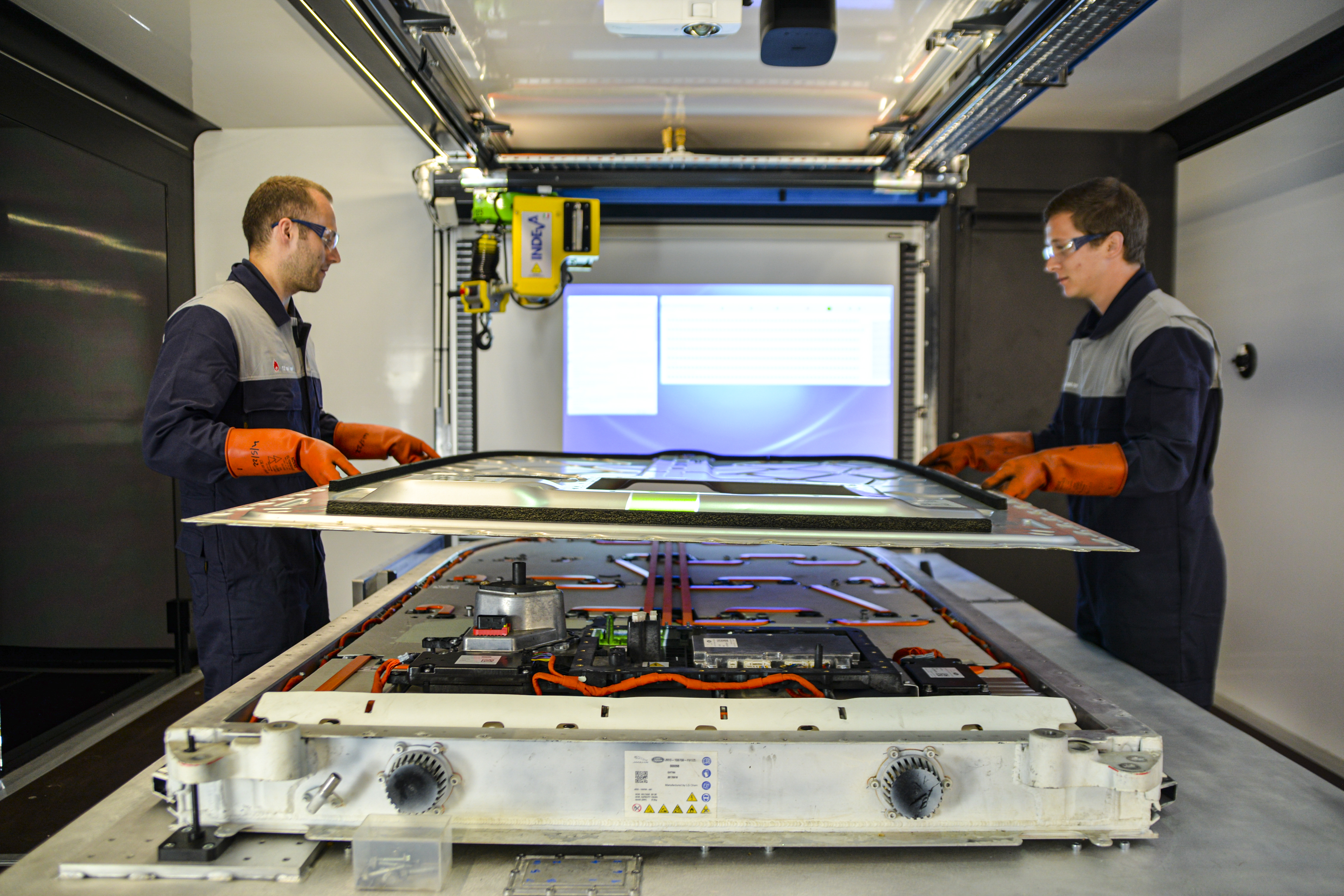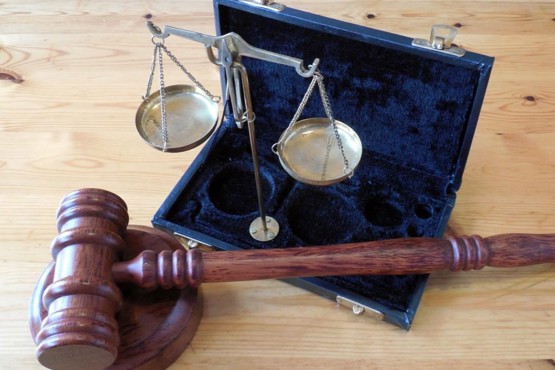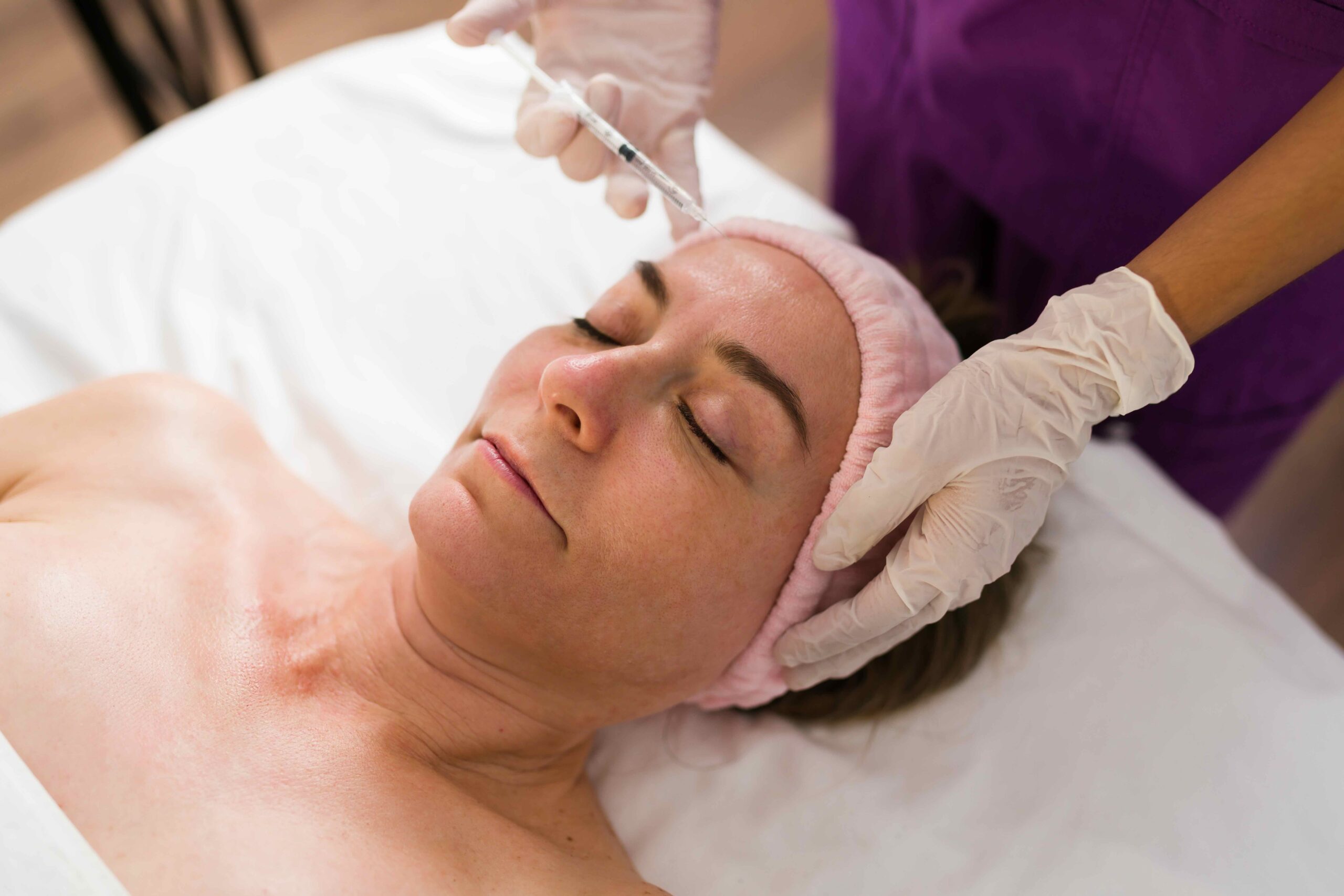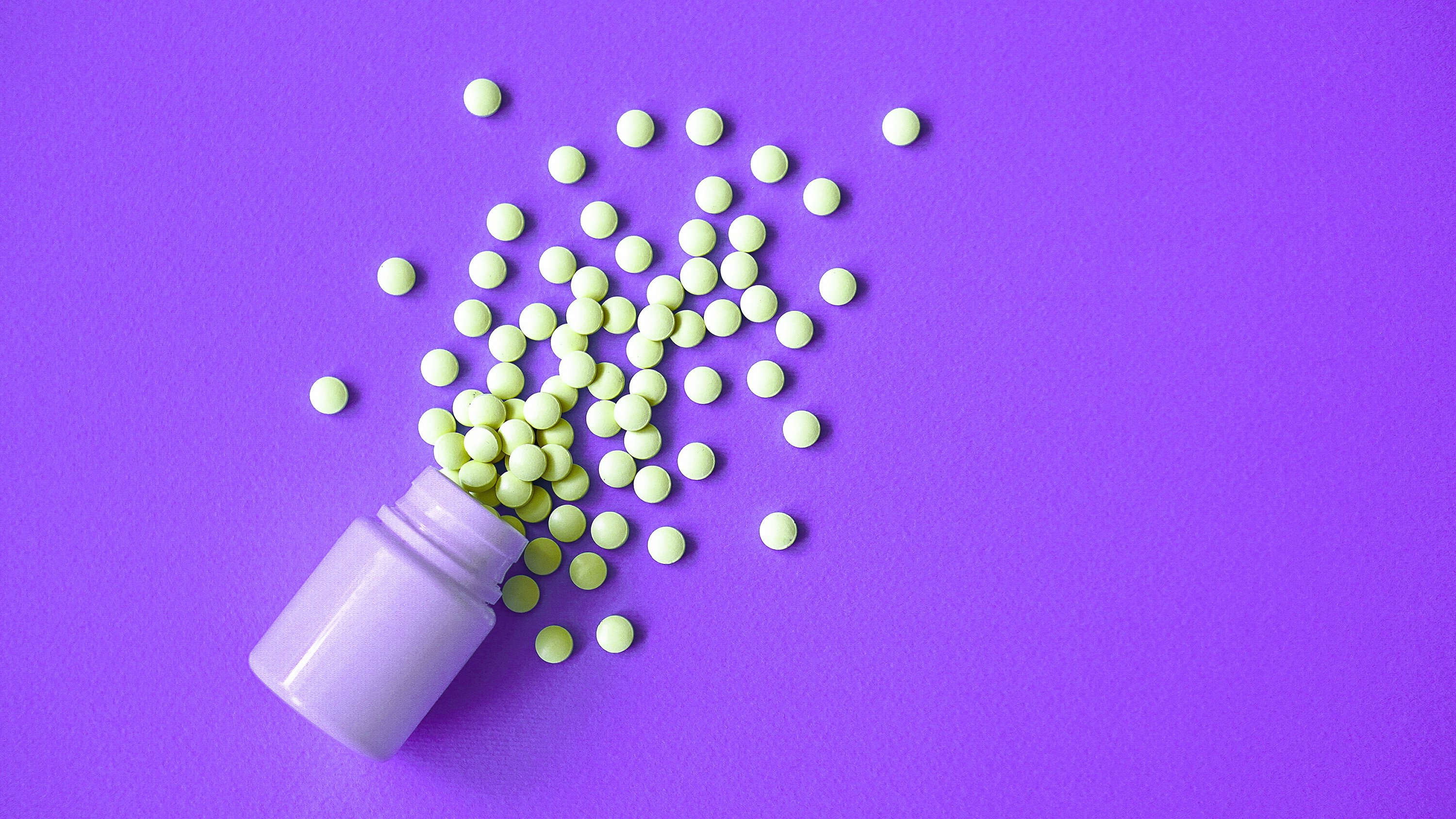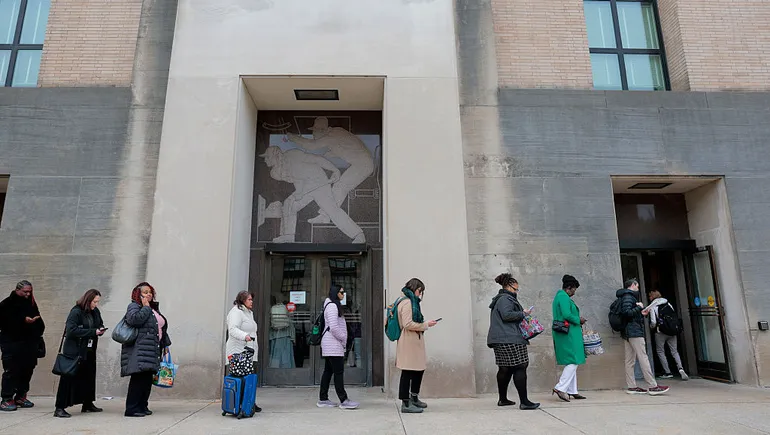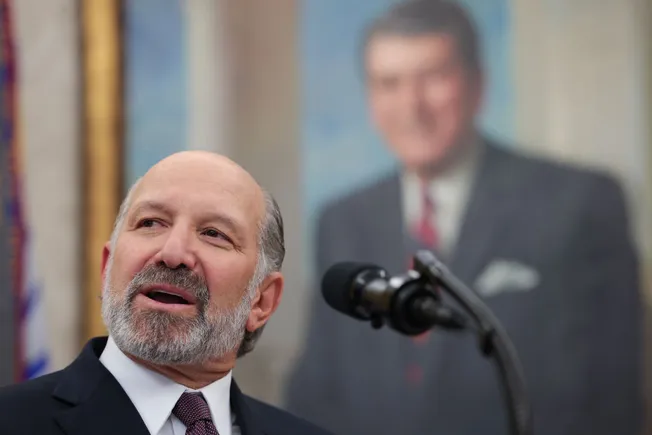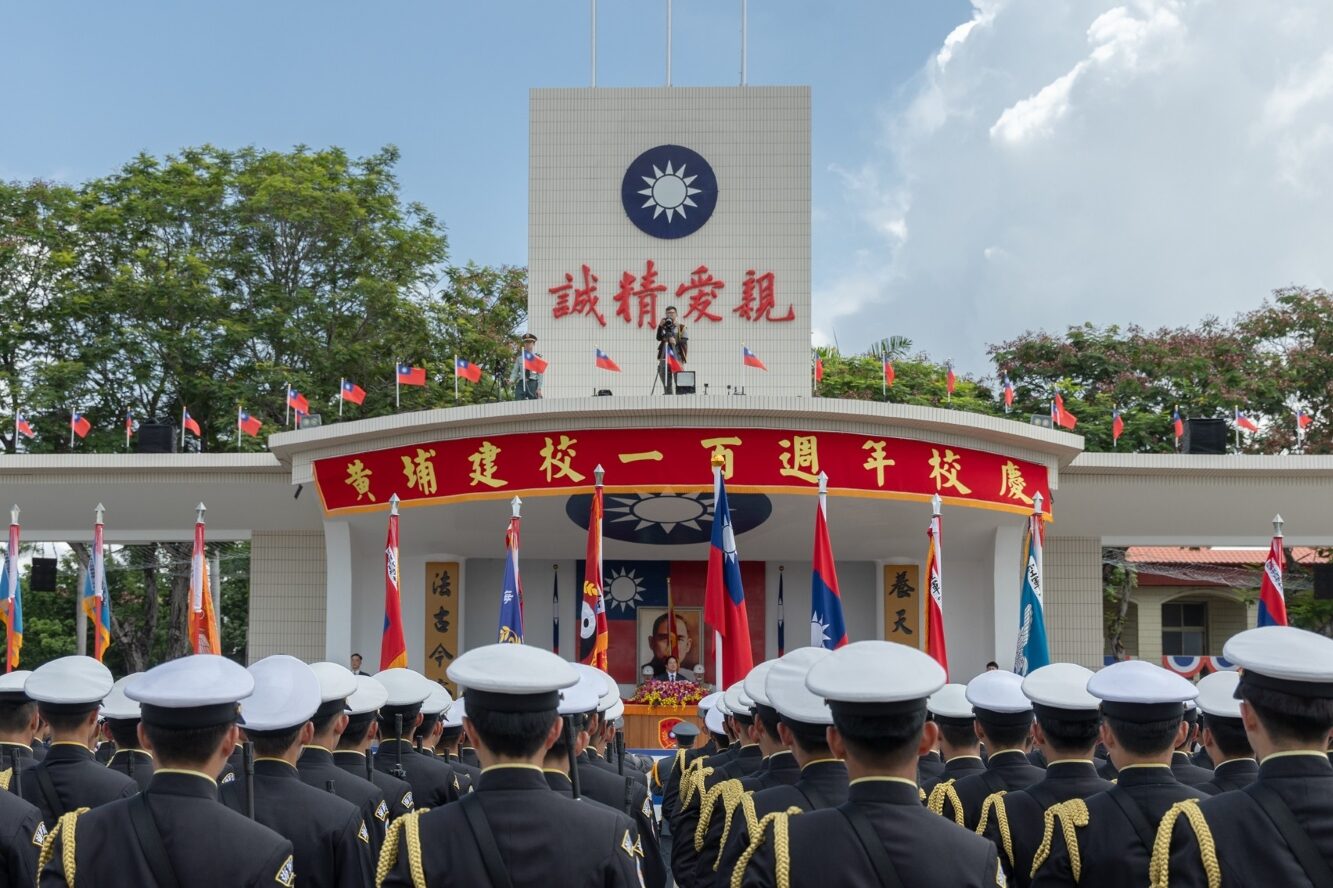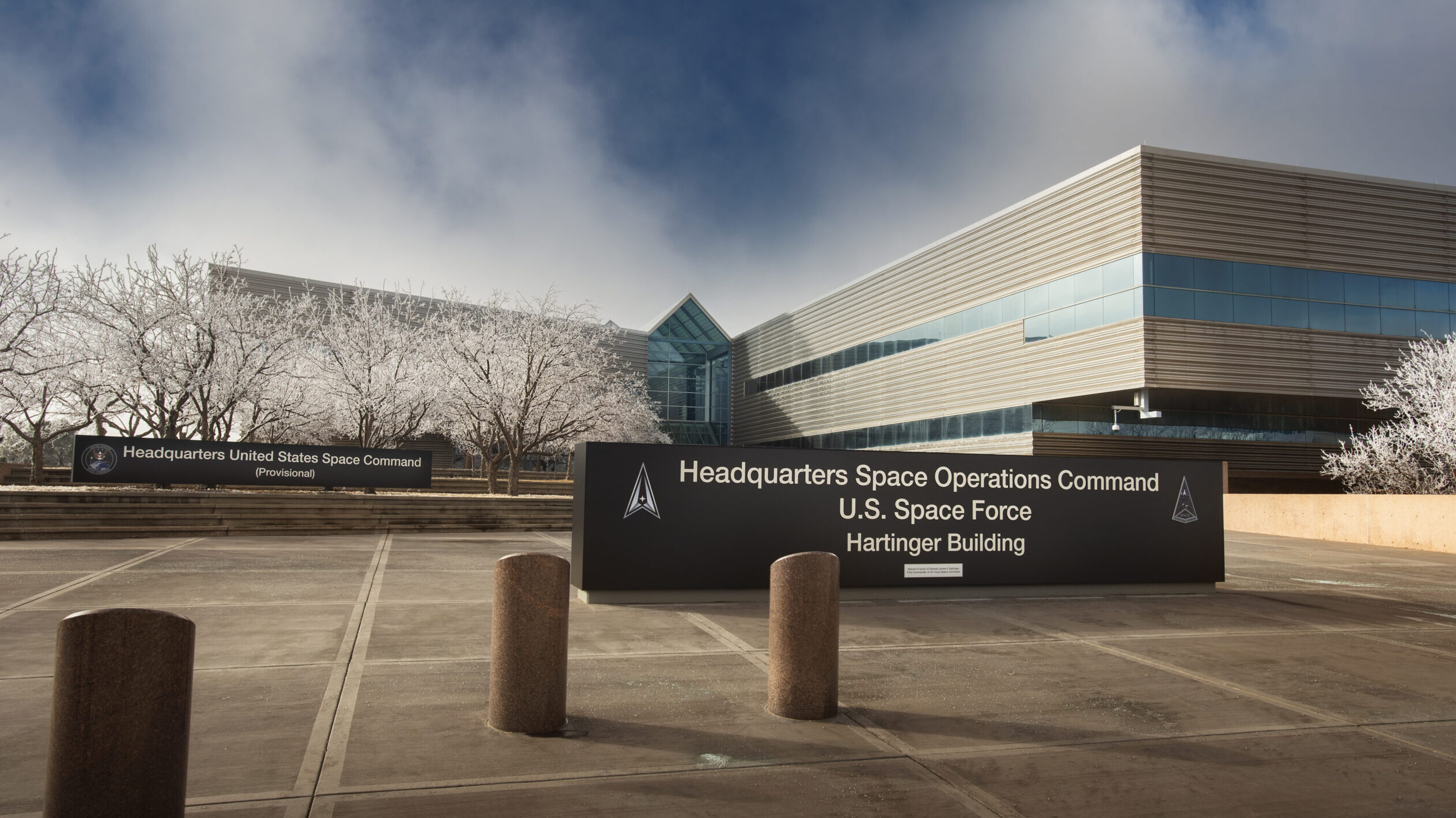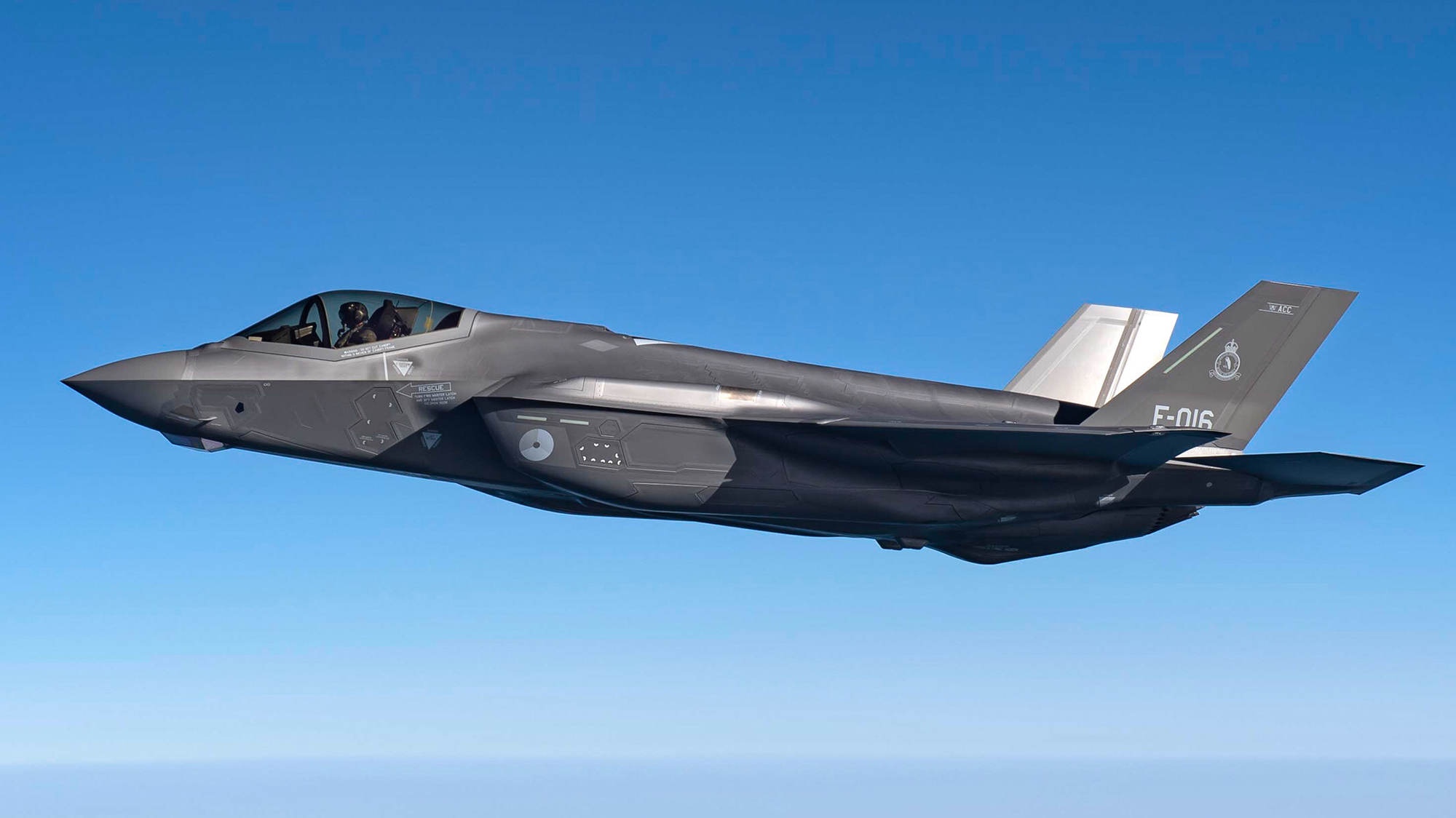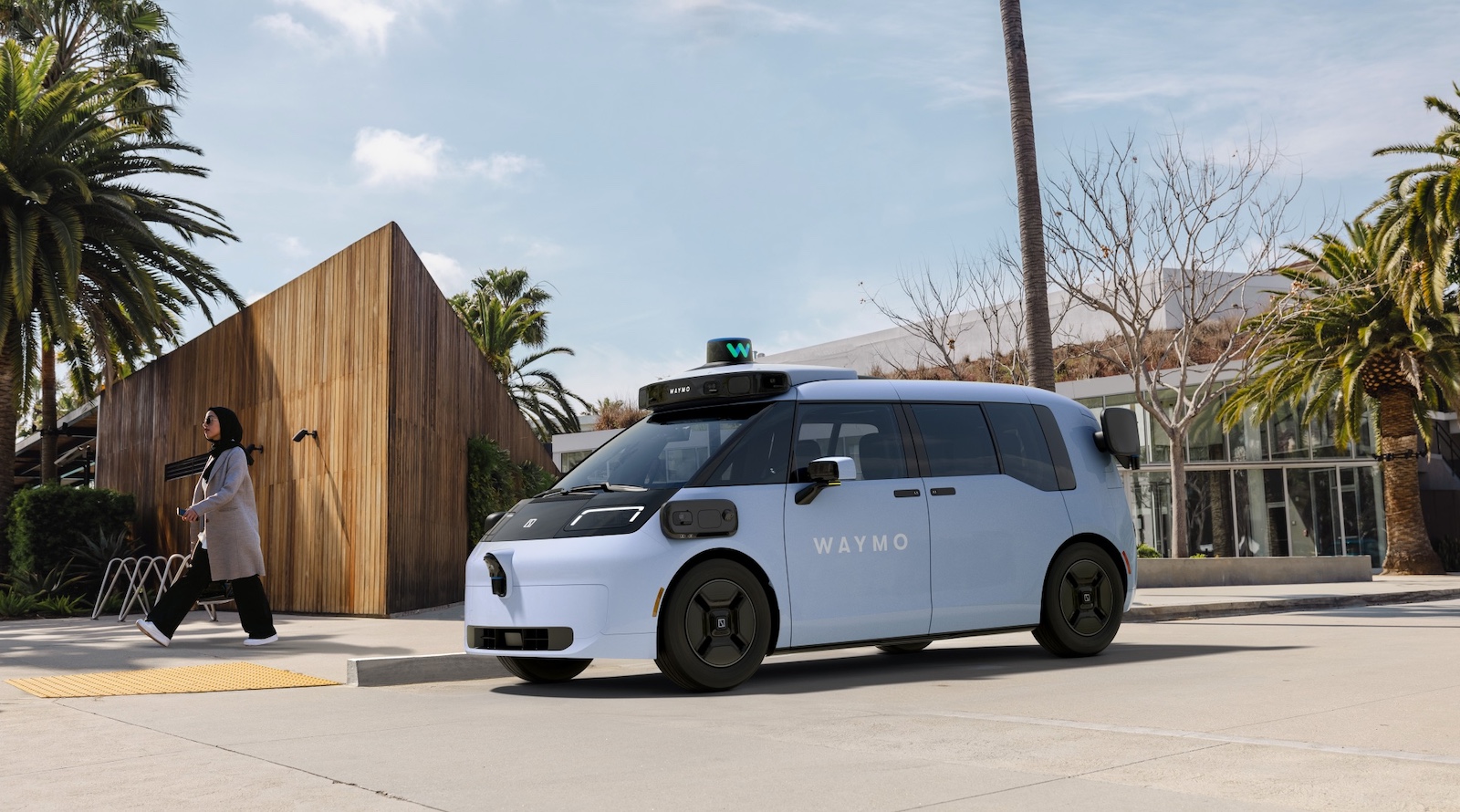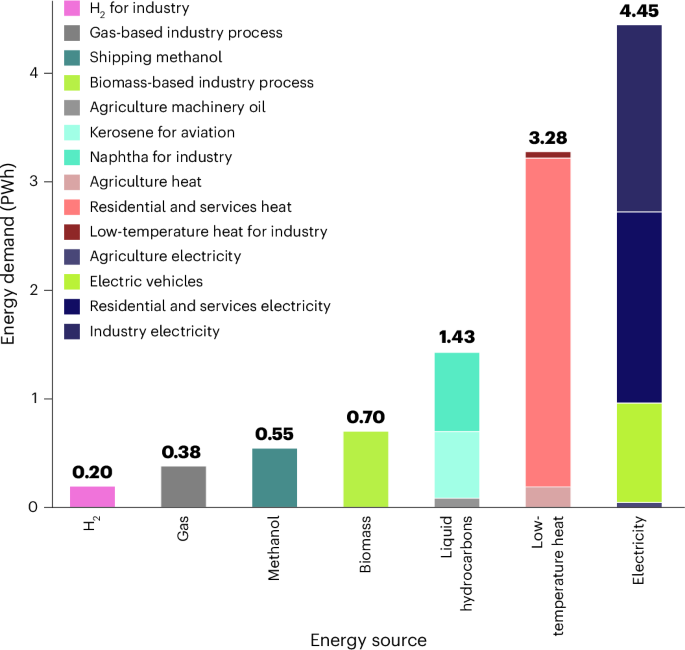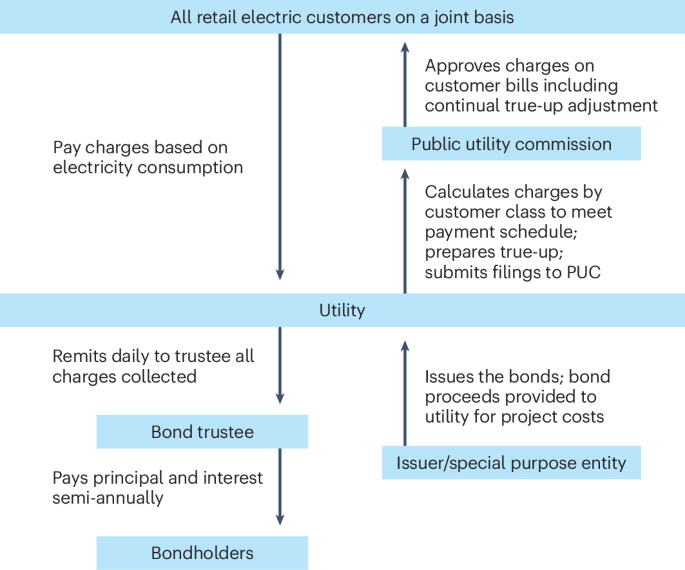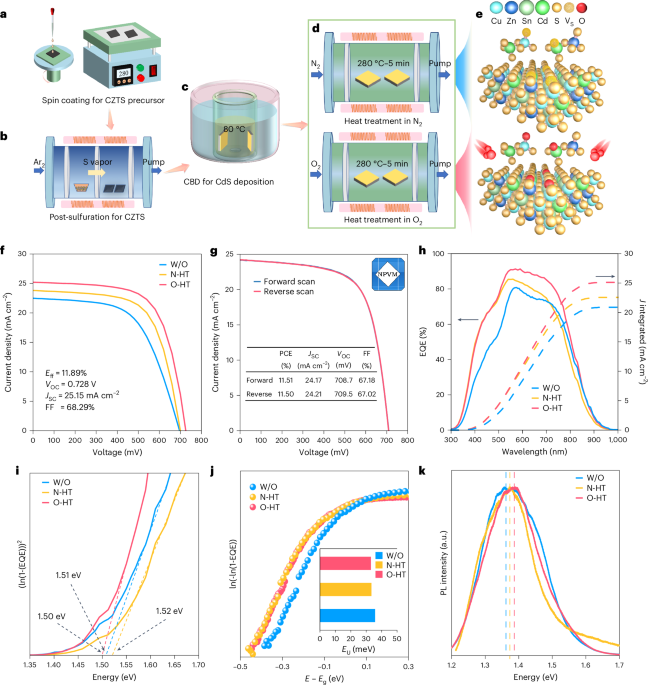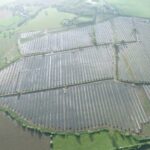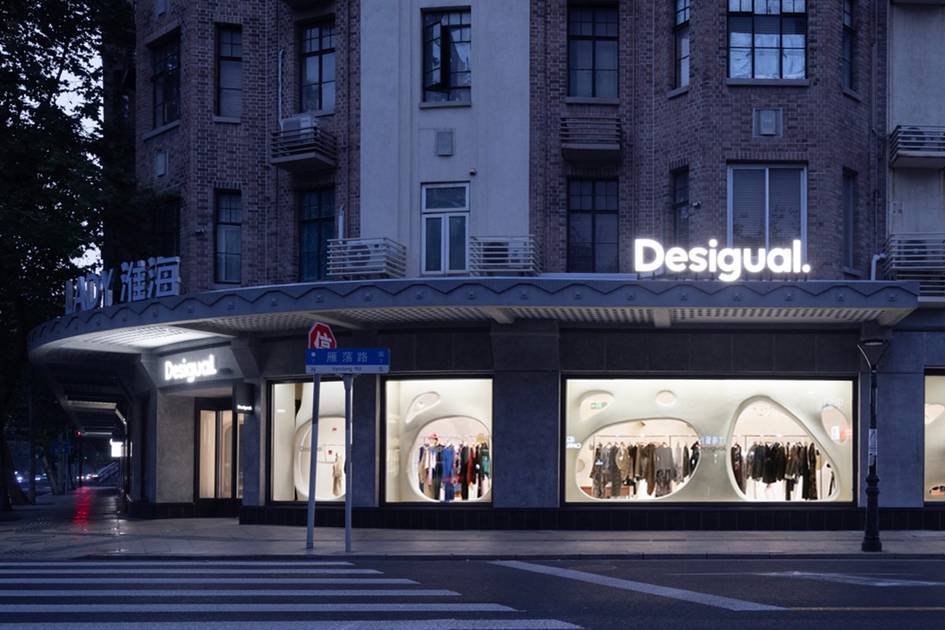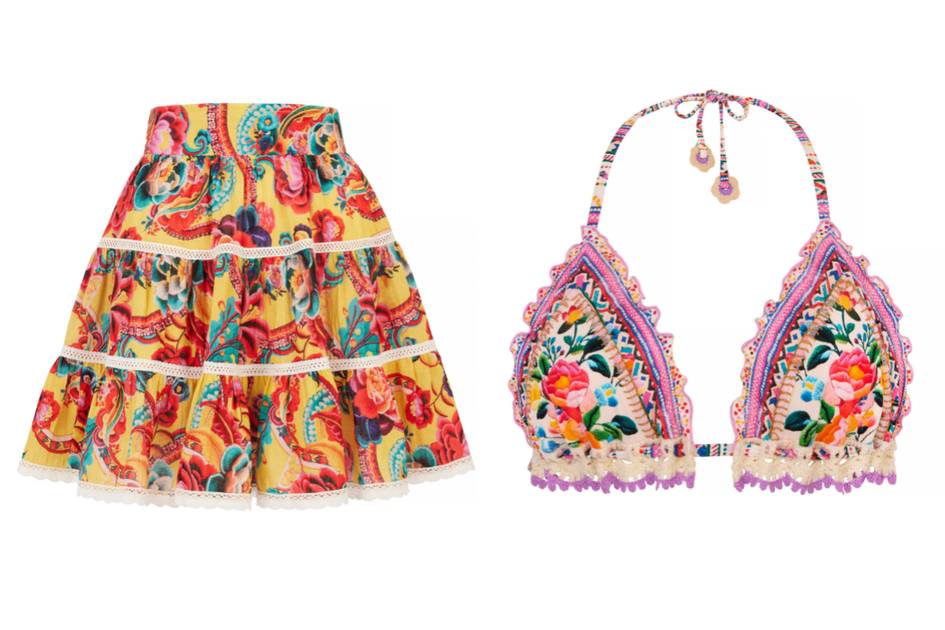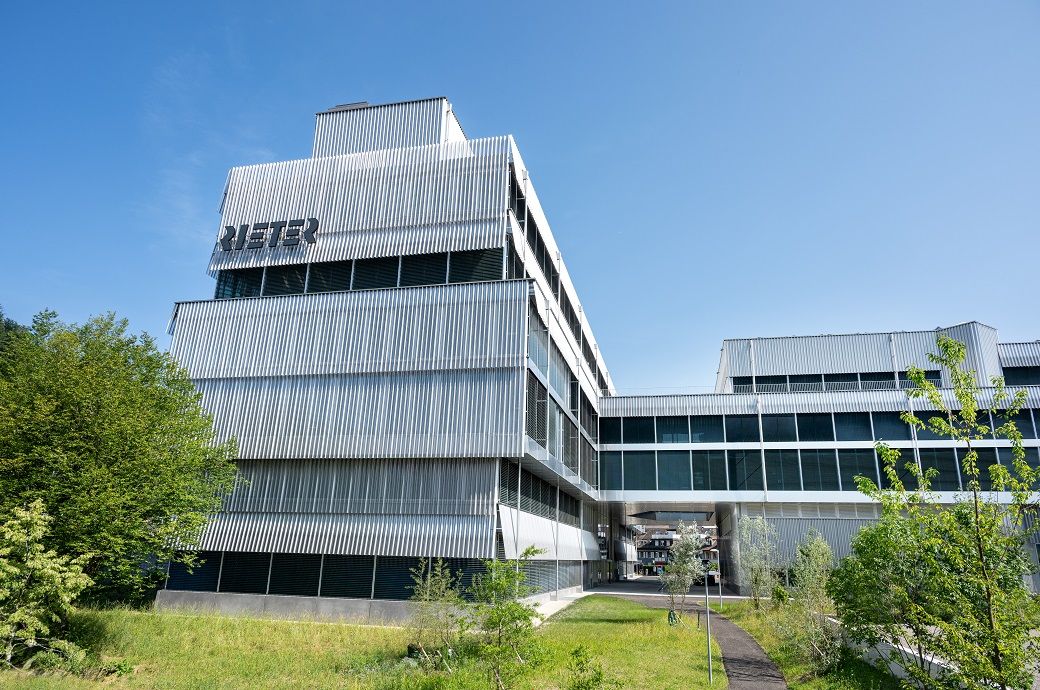Engineered In Vitro Multi‐Cell Type Ventricle Model Generates Long‐Term Pulsatile Flow and Modulates Cardiac Output in Response to Cardioactive Drugs
Advanced Healthcare Materials, EarlyView.

This study presents an innovative in vitro model of a human left ventricle using biofunctionalized PDMS membranes and human iPSC-derived cardiomyocytes. The engineered ventricle demonstrates stable, long-term pulsatile flow, and physiological responses to cardioactive drugs. It enhances cardiomyocytes maintenance and differentiation, making it a valuable tool for drug testing and advancing cardiac research applications.
Abstract
Cardiac in vitro models serve as promising platforms for physiological and pathological studies, drug testing, and regenerative medicine. This study hypothesizes that immobilizing cardiomyocytes derived from human induced pluripotent stem cells (iPSC-CMs) on a biofunctionalized, hemispherical membrane can generate pulsatile flow through synchronized contractions, thus offering as an in vitro left ventricle model. To test this, a ventricle using a polydimethylsiloxane (PDMS) membrane coated with polydopamine and laminin 511 E8 fragments is engineered. Human iPSC-CMs are cultured on these membranes, alone or in co-culture with cardiac fibroblasts or endothelial cells, for 28 and 14 days, respectively, in a newly developed bioreactor. Flow measurements track beating and flow generation, while drug response, cardiac gene expression, and cell morphology are analyzed. The engineered ventricles maintain continuous beating and flow, achieving a theoretical cardiac output of up to 4 µL min−1 over 28 days, indicating stable cell adhesion and synchronized contraction. Cardiomyocytes respond to cardioactive drugs (carbachol, isoproterenol) and show expected changes in heart rate and cardiac output. In conclusion, the results demonstrate that the proposed engineered ventricle can serve as an in vitro left ventricle model by supporting cardiomyocyte culture and differentiation, generating long-term stable flow, and responding physiologically to cardioactive drugs.





























